Travel Smart: 11 Common Spending Traps You Must Avoid on Your Next Trip
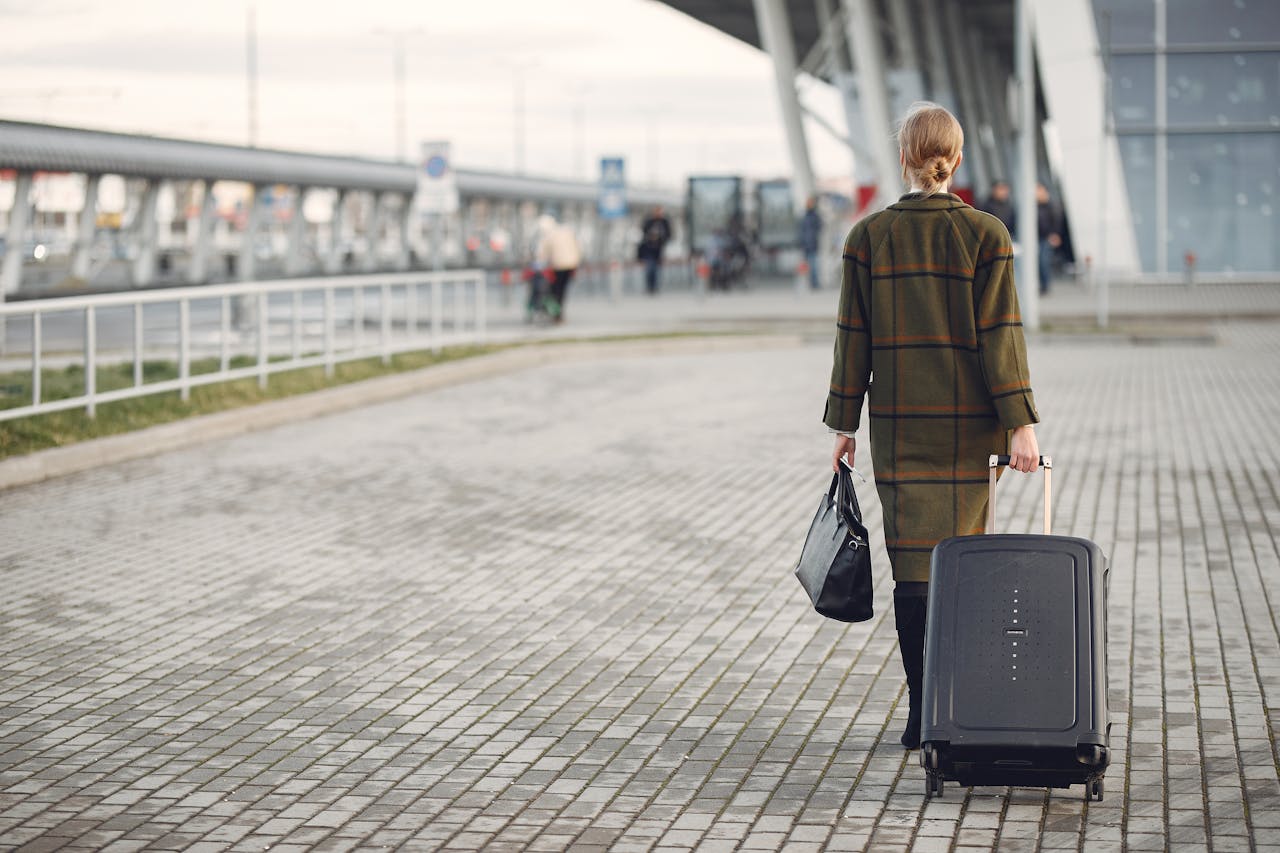
Traveling can be an adventure of a lifetime, but it’s easy to fall into spending traps that can turn your budget upside down. These common mistakes can sneak up on even the most seasoned travelers, leaving you with hefty bills and stress. In this guide, we’ll walk you through 11 key spending traps and how you can avoid them to make the most out of your trip without breaking the bank.
1. Booking Flights at the Last Minute
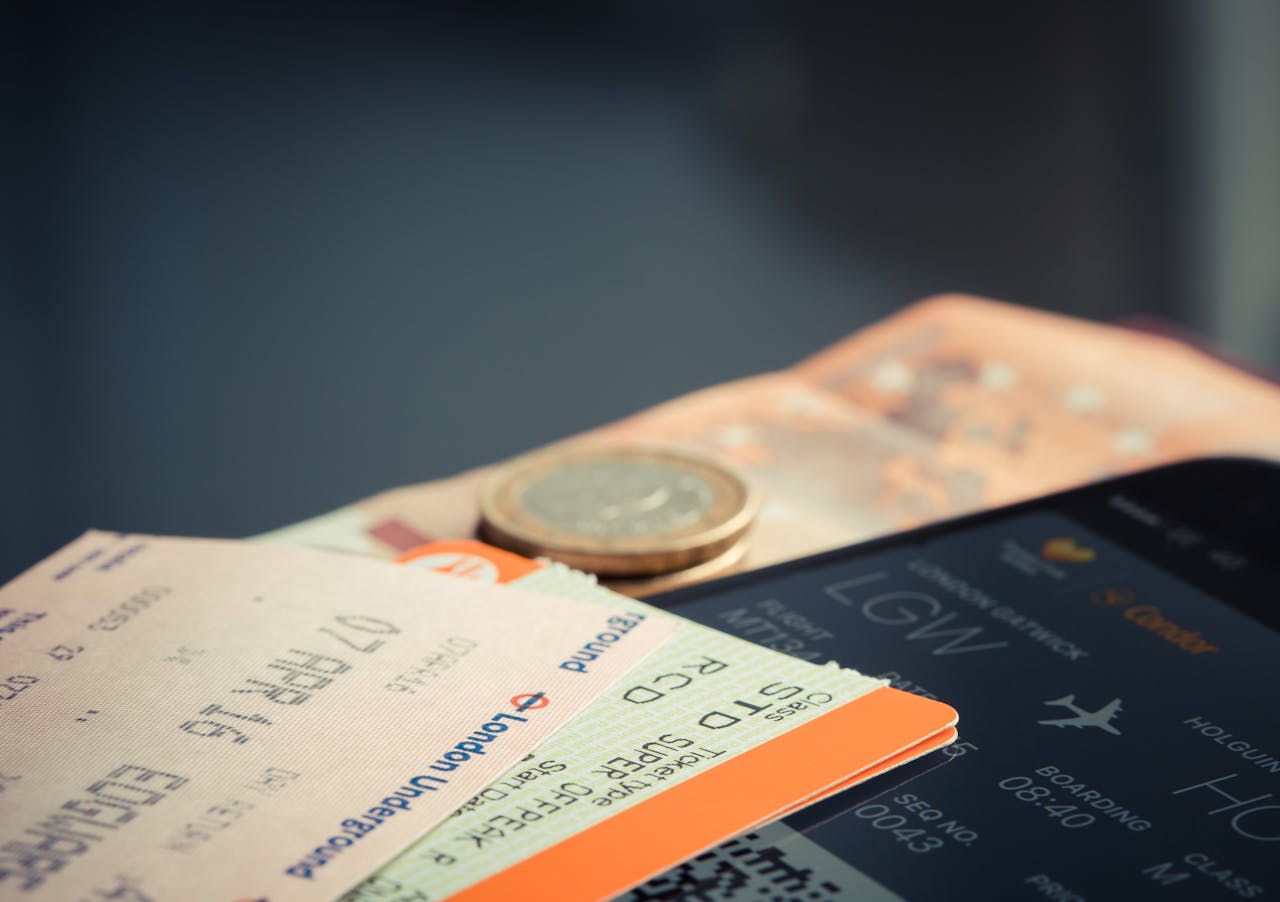
Booking flights on short notice is one of the most common and costly mistakes travelers make. Airlines typically increase prices as the departure date approaches, and relying on last-minute deals often results in disappointment. To avoid this spending trap, plan your flights well in advance, and make use of comparison websites like Skyscanner or Google Flights to monitor price trends. Subscribing to airfare alerts or joining loyalty programs can also help you snag discounts or promotions, making early bookings a great way to save money.
2. Paying for Unnecessary Hotel Amenities
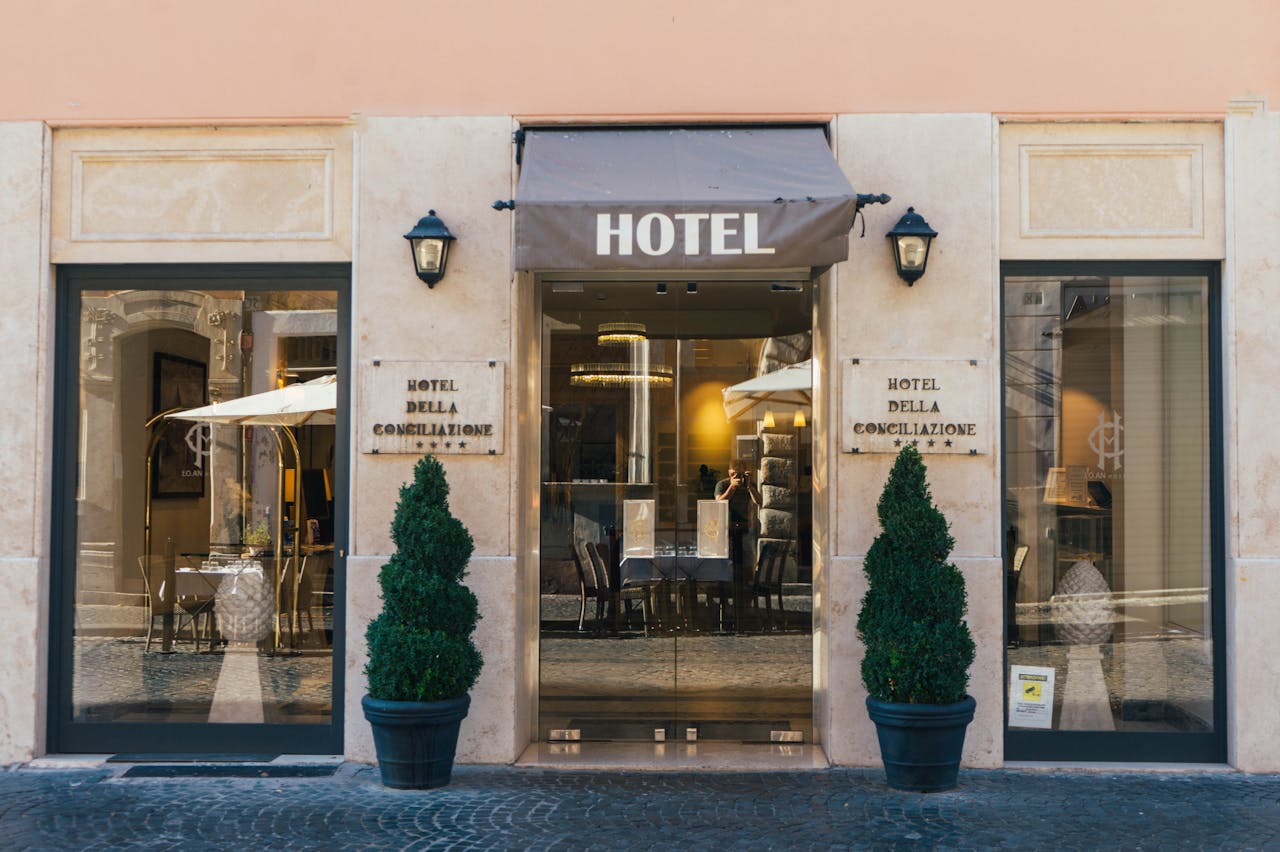
It’s easy to be tempted by luxury hotels offering pools, gyms, and in-house spas, but many travelers overpay for these amenities without even using them. Before booking your stay, ask yourself whether you will realistically use all the hotel’s offerings. If you’re more likely to spend your days exploring, opt for a budget-friendly hotel or vacation rental that prioritizes comfort over luxury. After all, you can still experience the local culture, save money, and enjoy a memorable trip without all the extras.
3. Relying on Expensive Airport Food
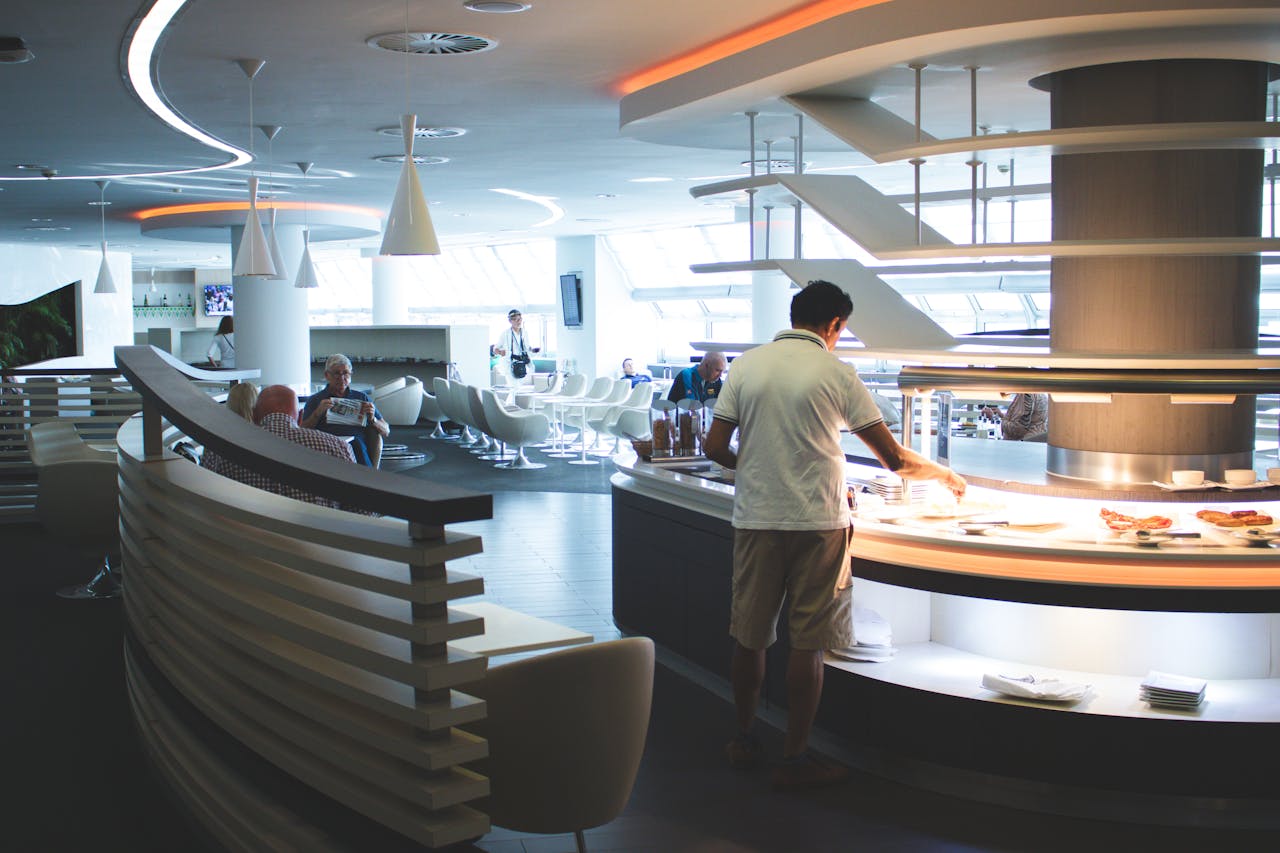
Airport food prices are notoriously inflated, with a simple snack or coffee sometimes costing twice as much as it would outside the terminal. To avoid overspending on food while waiting for your flight, bring your own snacks from home. If you have time before heading to the airport, eat a meal beforehand to keep hunger at bay. Many airports now offer water refill stations, so carrying an empty bottle can save you from buying overpriced bottled water. These small changes can lead to significant savings over time.
4. Overpaying for Guided Tours
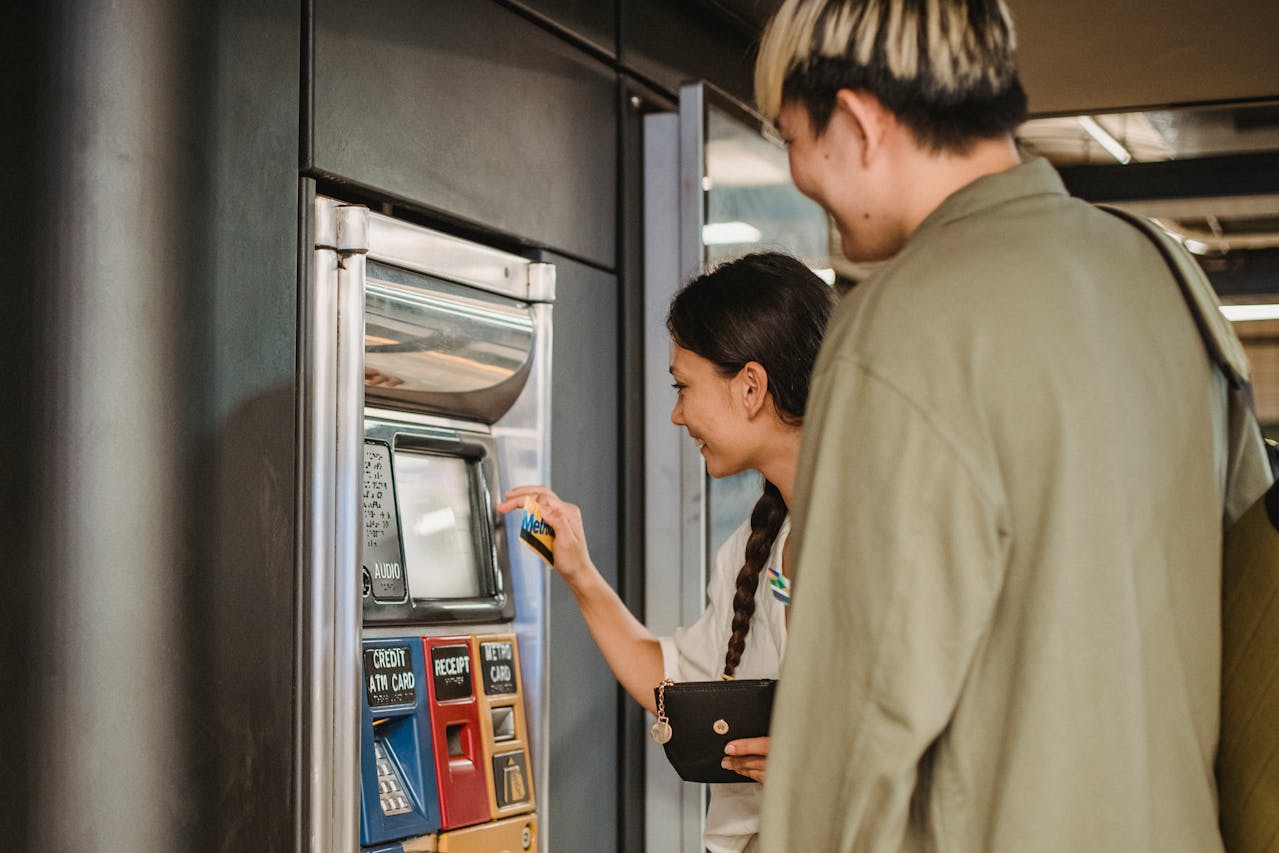
While guided tours can offer insightful information, they often come with high price tags that don’t always justify the experience. In many cases, you can explore a destination on your own or opt for free walking tours, which are increasingly popular in many cities. Download apps or guidebooks that provide historical context and local stories, allowing you to discover new places at your own pace. You’ll often find self-guided tours more affordable, flexible, and equally rewarding as expensive group tours.
5. Using Currency Exchange Kiosks
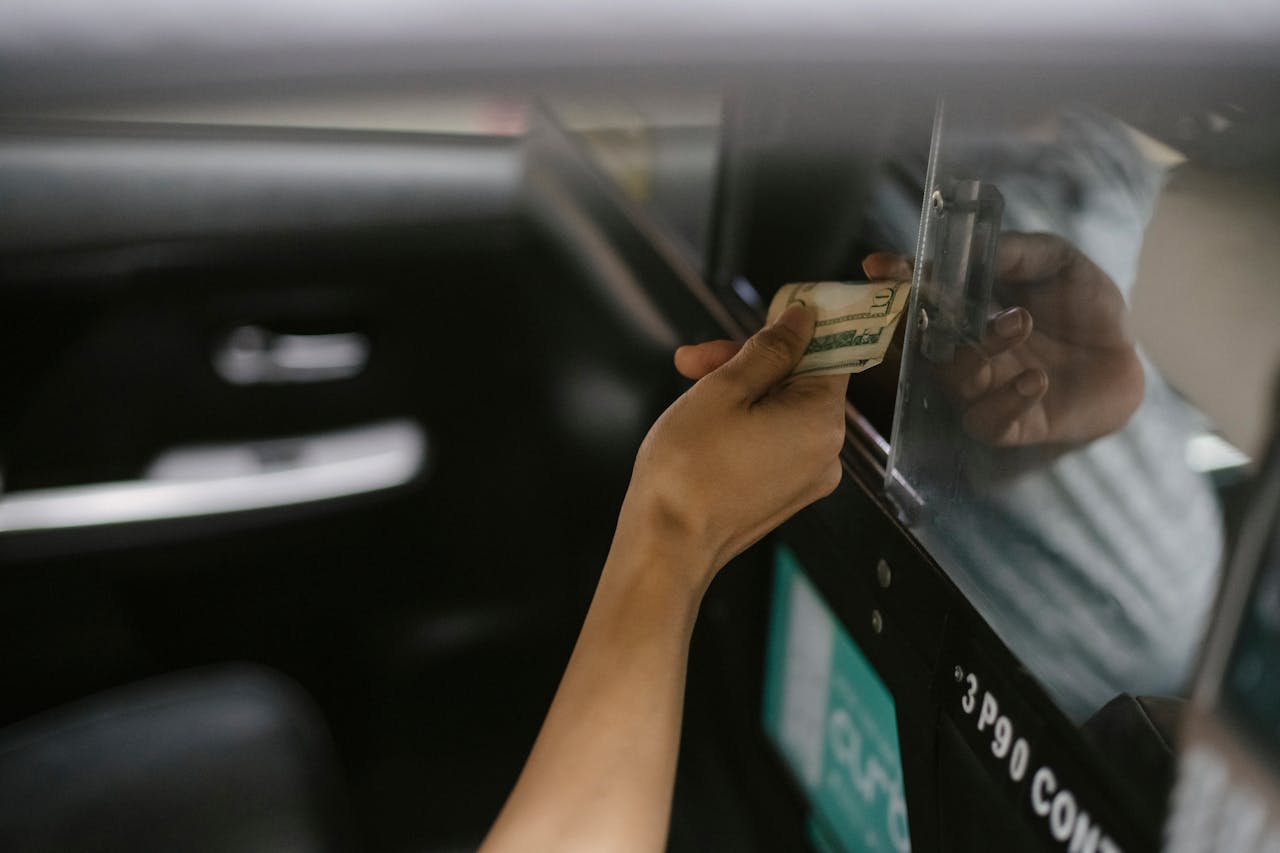
Currency exchange kiosks in airports and tourist-heavy areas are notorious for offering poor exchange rates and tacking on hidden fees. The convenience may be tempting, but you’ll lose money every time. A better option is to withdraw local currency from ATMs or use credit cards with no foreign transaction fees. Always choose to be charged in the local currency when using your card abroad, as your bank will typically give you a much better exchange rate than the kiosks.
6. Buying Souvenirs at Tourist Shops
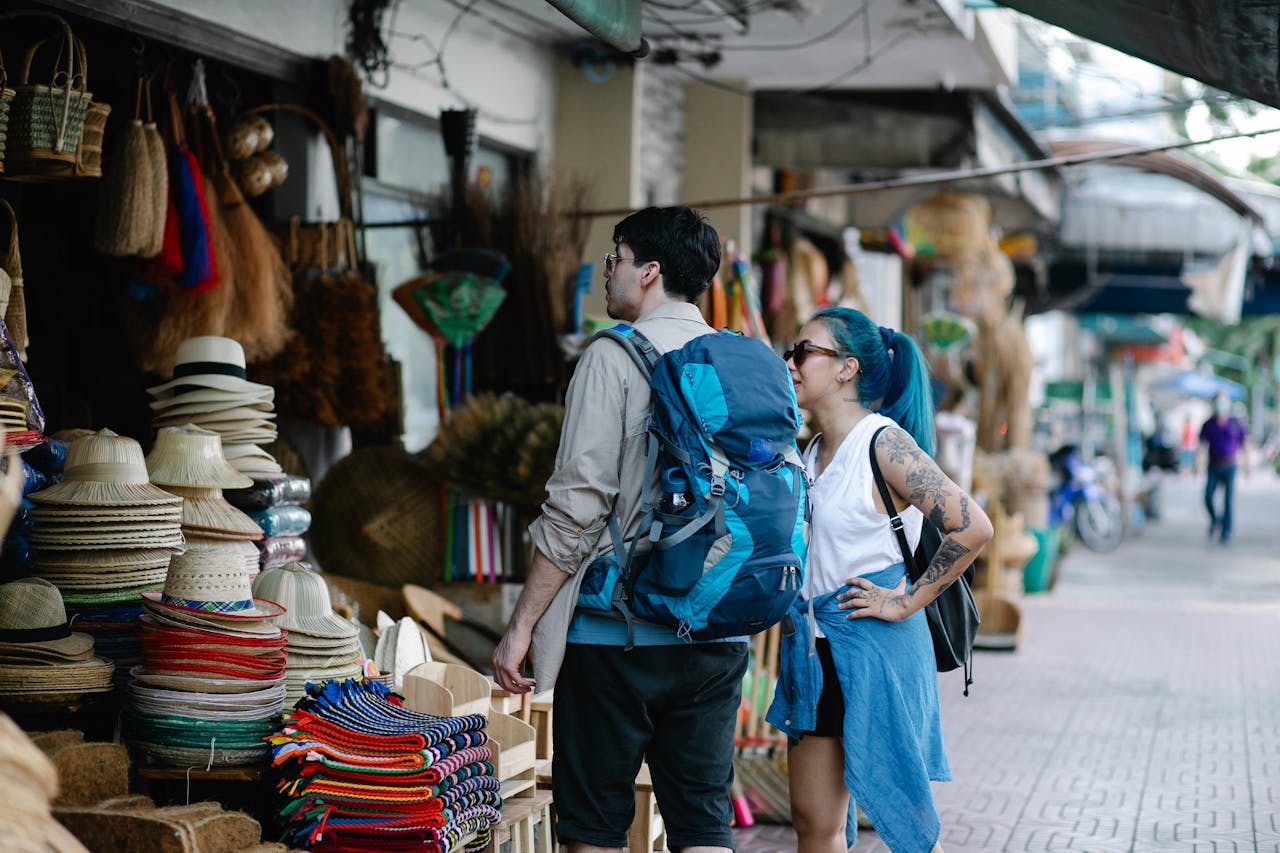
While it’s natural to want to bring home mementos from your travels, purchasing souvenirs at tourist shops can lead to overspending. Prices in these areas are often inflated, and the items sold may be mass-produced rather than authentic. Instead, seek out markets or small local stores where the prices are lower and the items more genuine. Additionally, try to focus on souvenirs that have personal significance, rather than impulse buys that could become clutter when you return home.
7. Forgetting About Baggage Fees
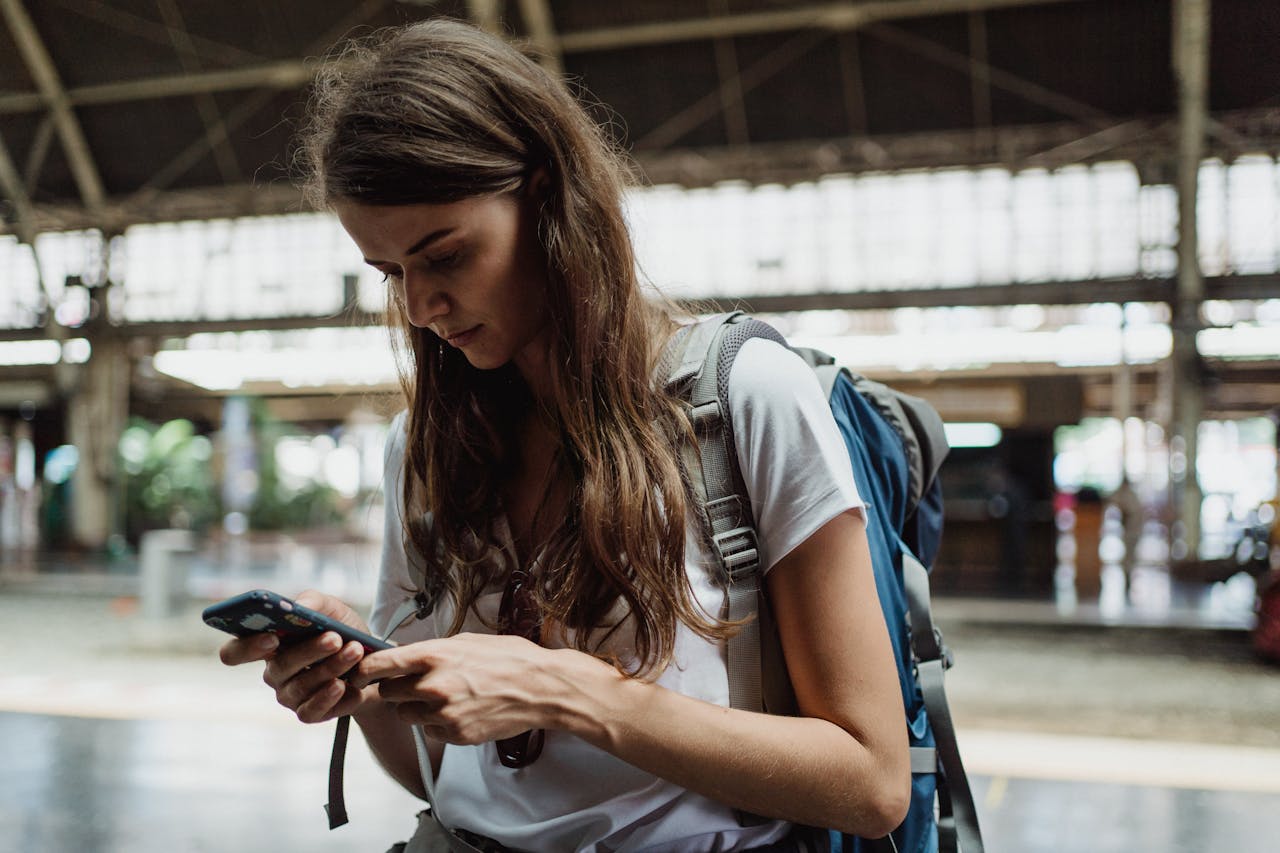
Baggage fees can be a sneaky expense that significantly adds to your travel costs. Many budget airlines have strict weight limits for both checked and carry-on luggage, and failing to comply can result in hefty fees. Always check an airline’s baggage policy before your trip, and weigh your bags at home to avoid surprises at the airport. If possible, travel light with only a carry-on bag to save on fees. Also, prepay for any luggage online if your airline offers a discount for doing so.
8. Falling for “Free” Wi-Fi Scams

Free Wi-Fi is a perk travelers often look for, but not all public networks are safe. Some unsecure connections are set up by scammers who seek to steal personal information. To avoid becoming a victim, only connect to Wi-Fi networks that are verified by reputable sources, like hotels or cafes. Alternatively, consider investing in a portable Wi-Fi hotspot or purchase a local SIM card for a secure connection while traveling. This precaution helps you avoid data theft and pricey phone bill surprises from using international roaming.
9. Skipping Public Transportation

Using taxis and ride-hailing services may seem convenient, but they can quickly drain your travel budget, especially in big cities. Public transportation, on the other hand, is often far more affordable and just as efficient. Whether it’s buses, subways, or trams, using public transit can provide a more authentic experience and save you a significant amount of money. Many cities offer transit passes for unlimited rides over a set period, which can be a great deal if you plan on using public transport frequently.
10. Dining Exclusively at Restaurants

Eating out for every meal can add up fast, especially in tourist areas where restaurant prices tend to be higher. Instead of always opting for sit-down meals, explore local food markets, street food stalls, or bakeries to experience authentic, budget-friendly cuisine. If your accommodation includes a kitchen or a kitchenette, consider preparing your own meals occasionally. Buying groceries not only cuts costs but also gives you the opportunity to immerse yourself in local ingredients and cooking styles.
11. Visiting Overpriced Tourist Traps

Tourist attractions with flashy ads and promises of unique experiences can often be a letdown. They’re usually overcrowded and overpriced, targeting visitors who are unfamiliar with the area. To avoid falling into this trap, do your research ahead of time. Read reviews, talk to locals, and seek out lesser-known attractions or experiences. Many underrated sites offer more authenticity and charm without the inflated costs, allowing you to explore a destination in a more meaningful and budget-friendly way.
Final Thoughts
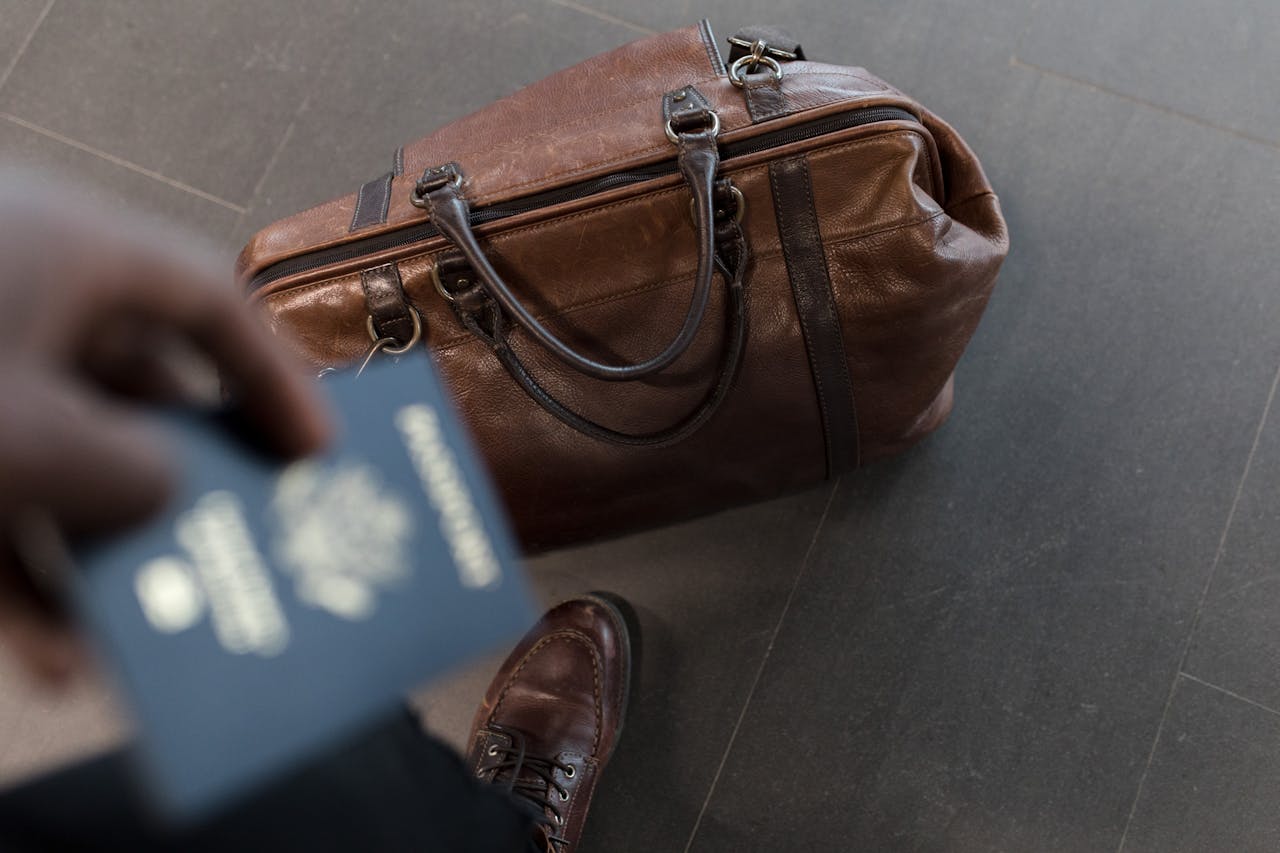
Traveling doesn’t have to break the bank, but it’s easy to fall into common spending traps that inflate your expenses. By being aware of these 11 pitfalls and making small adjustments to your planning and spending habits, you can ensure a more enjoyable and affordable trip. Remember, the key to smart travel is balancing the experiences you want with the financial boundaries you set. Avoiding these traps will allow you to create lasting memories without the stress of overspending.
Leave a Reply